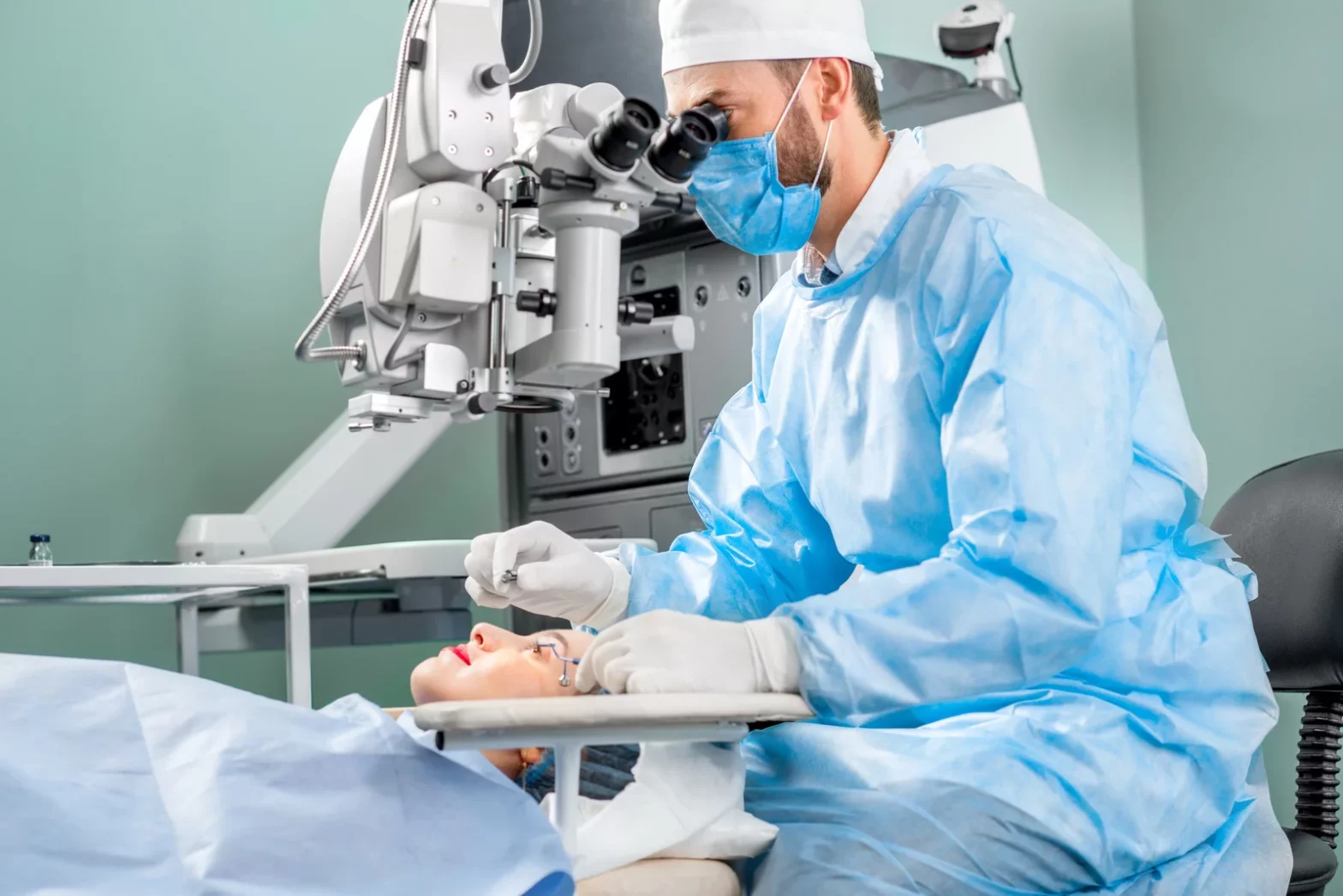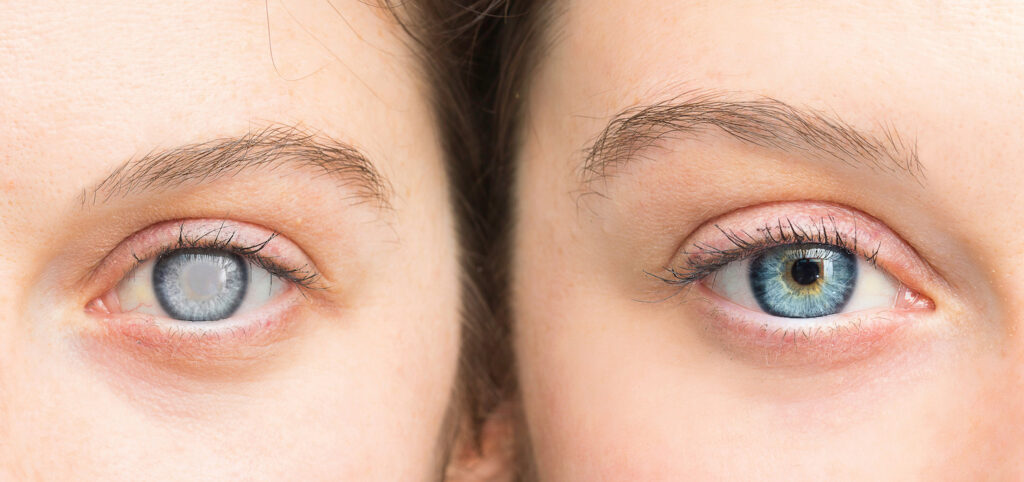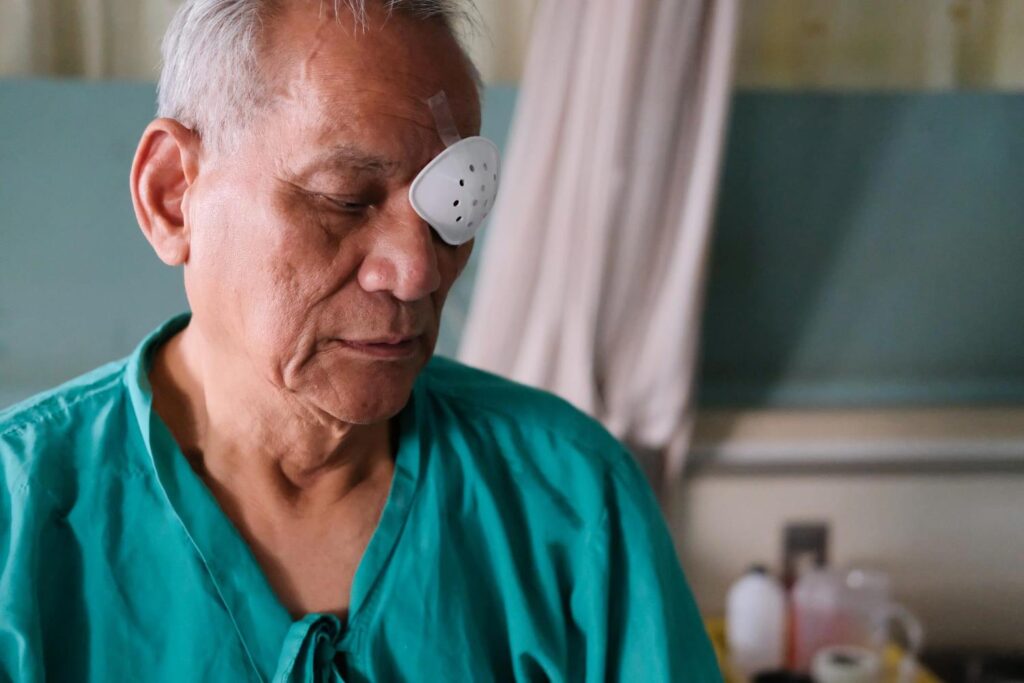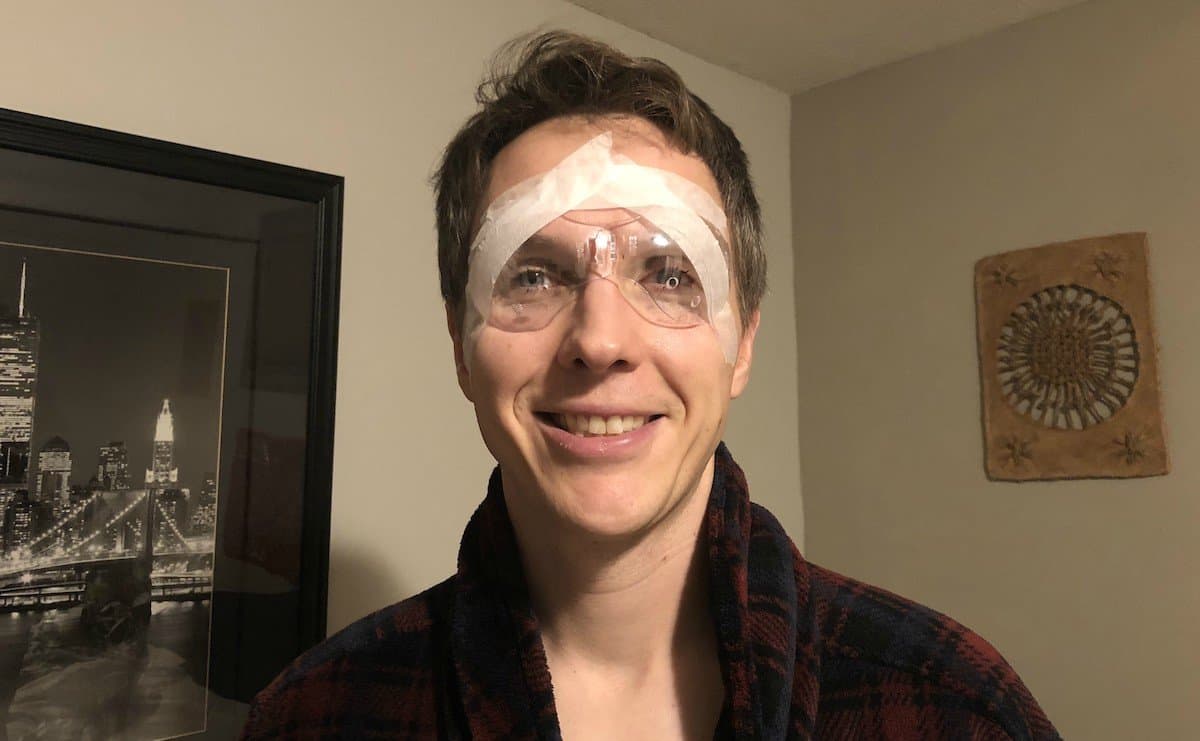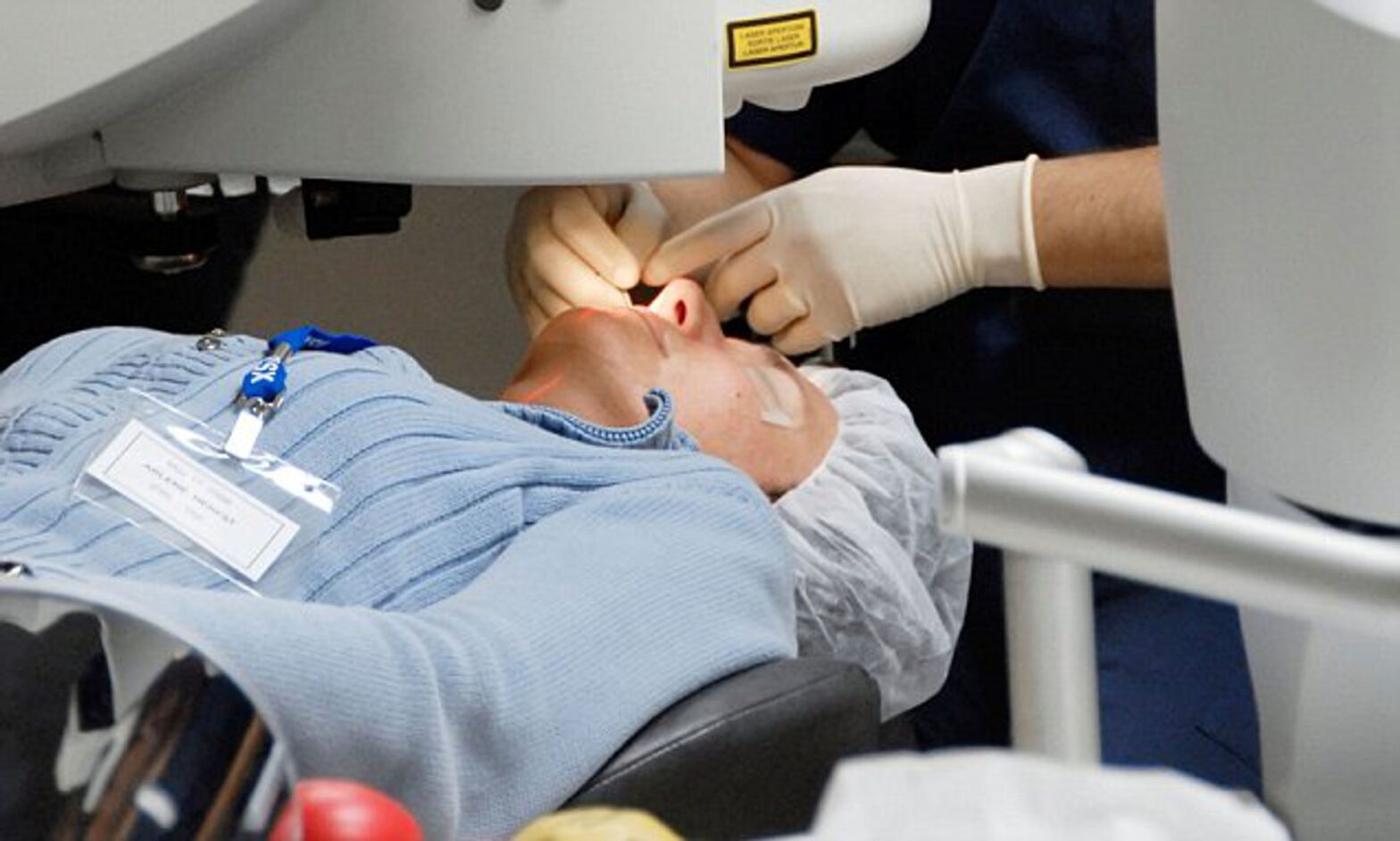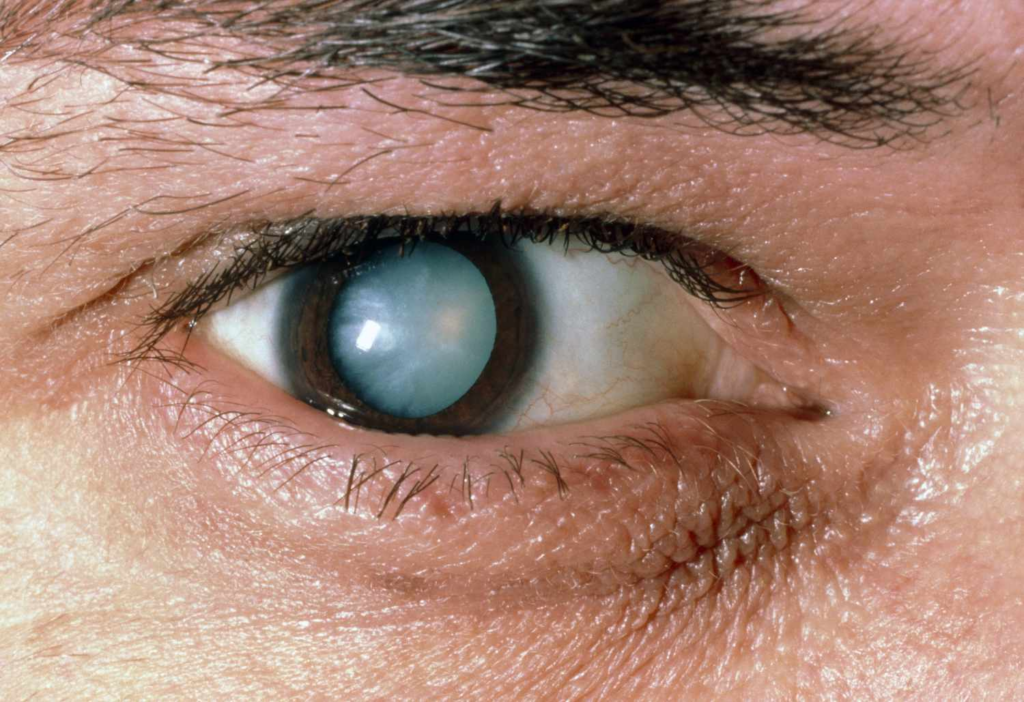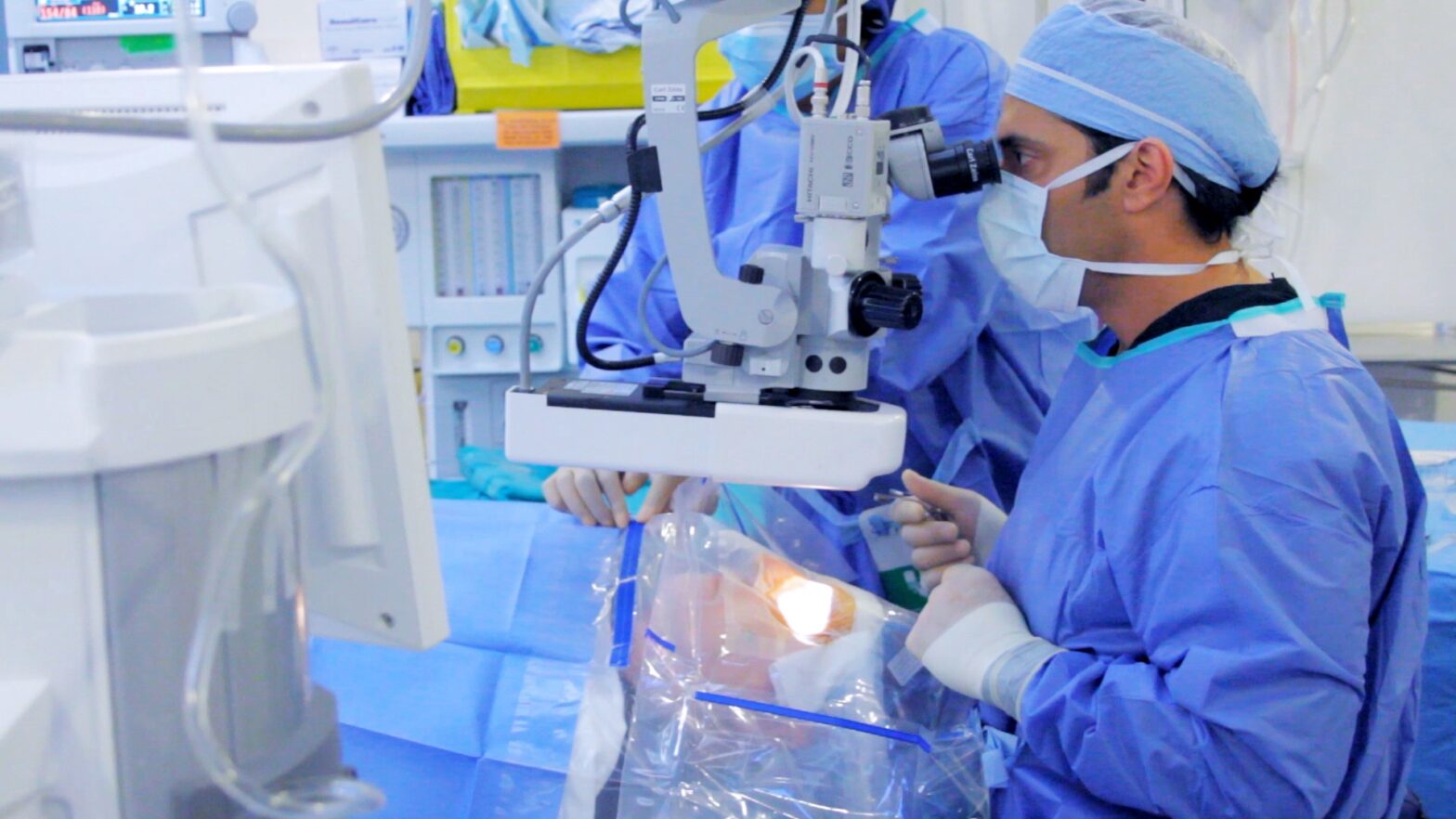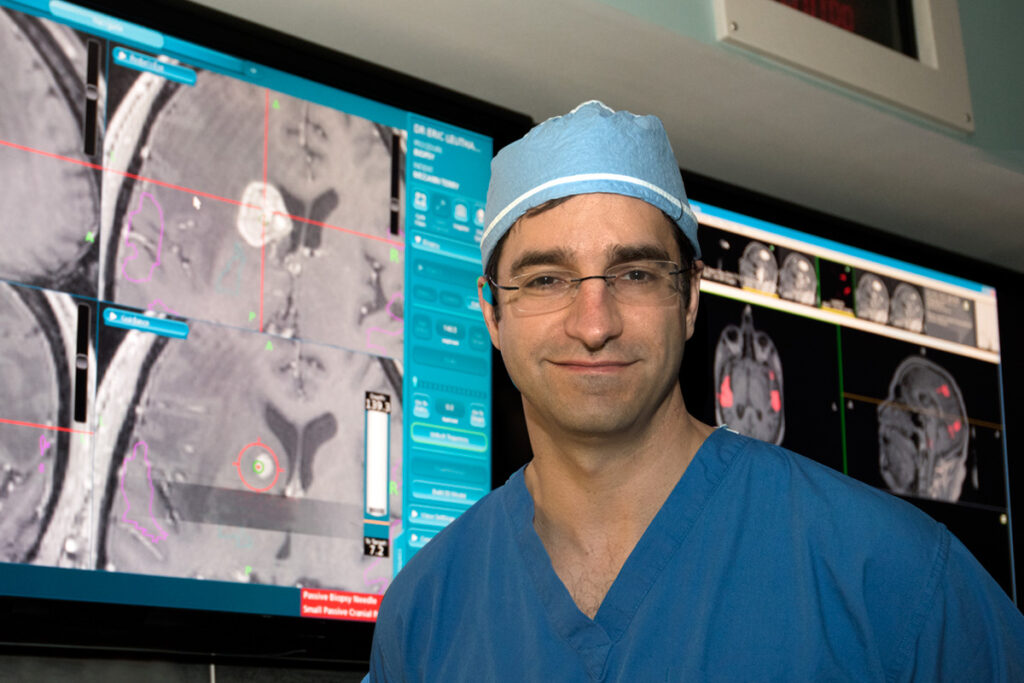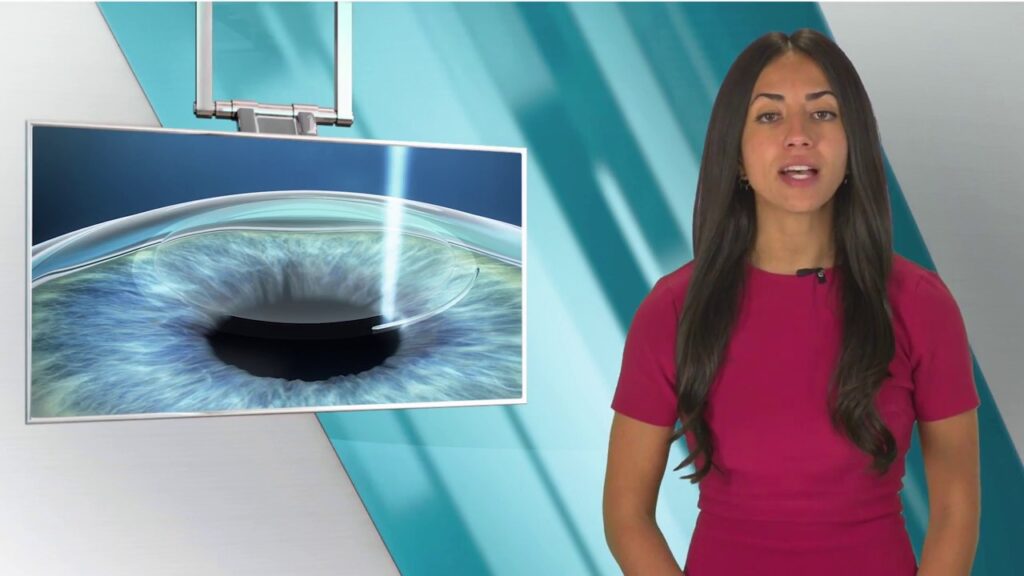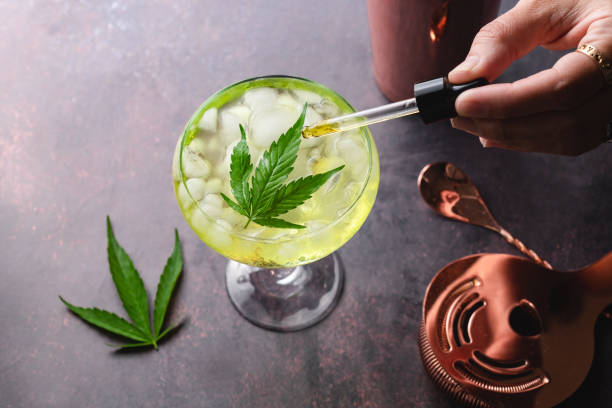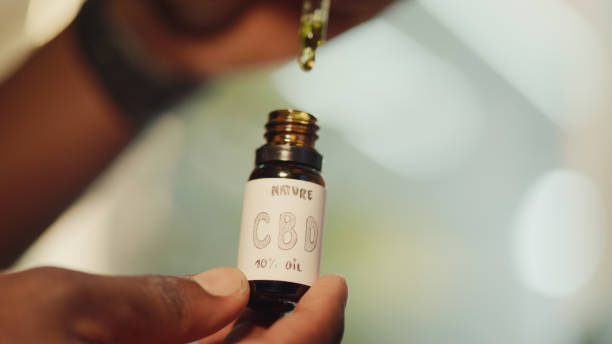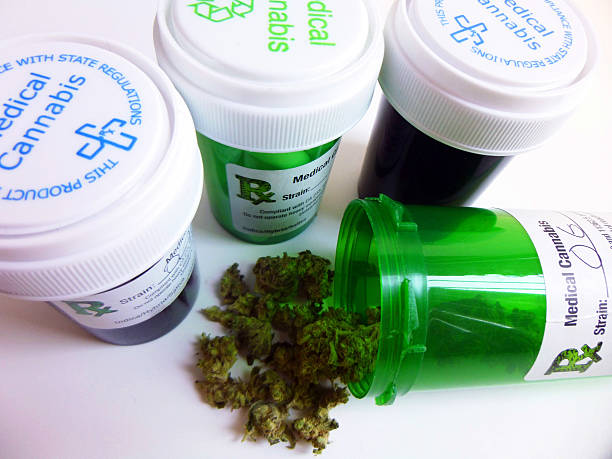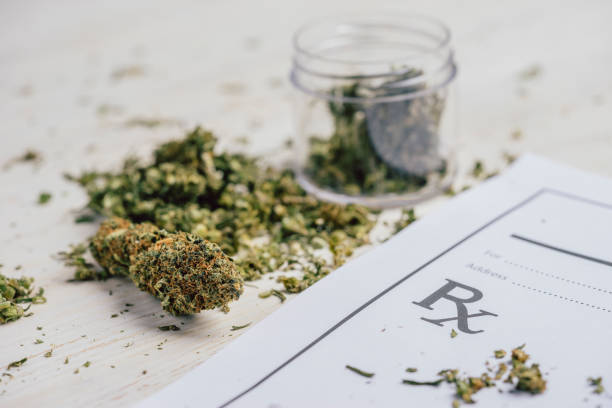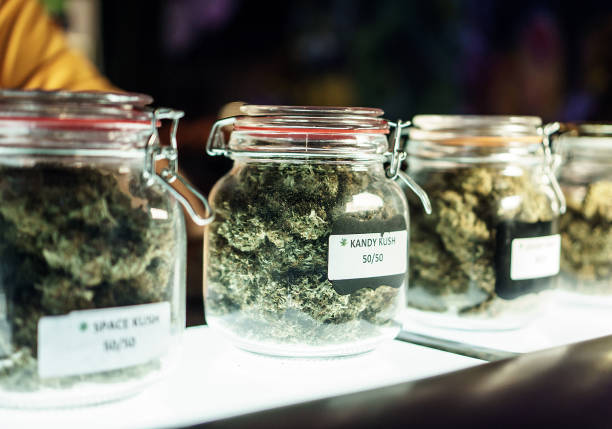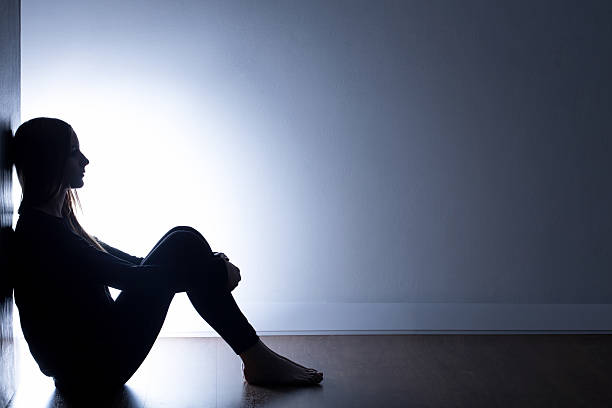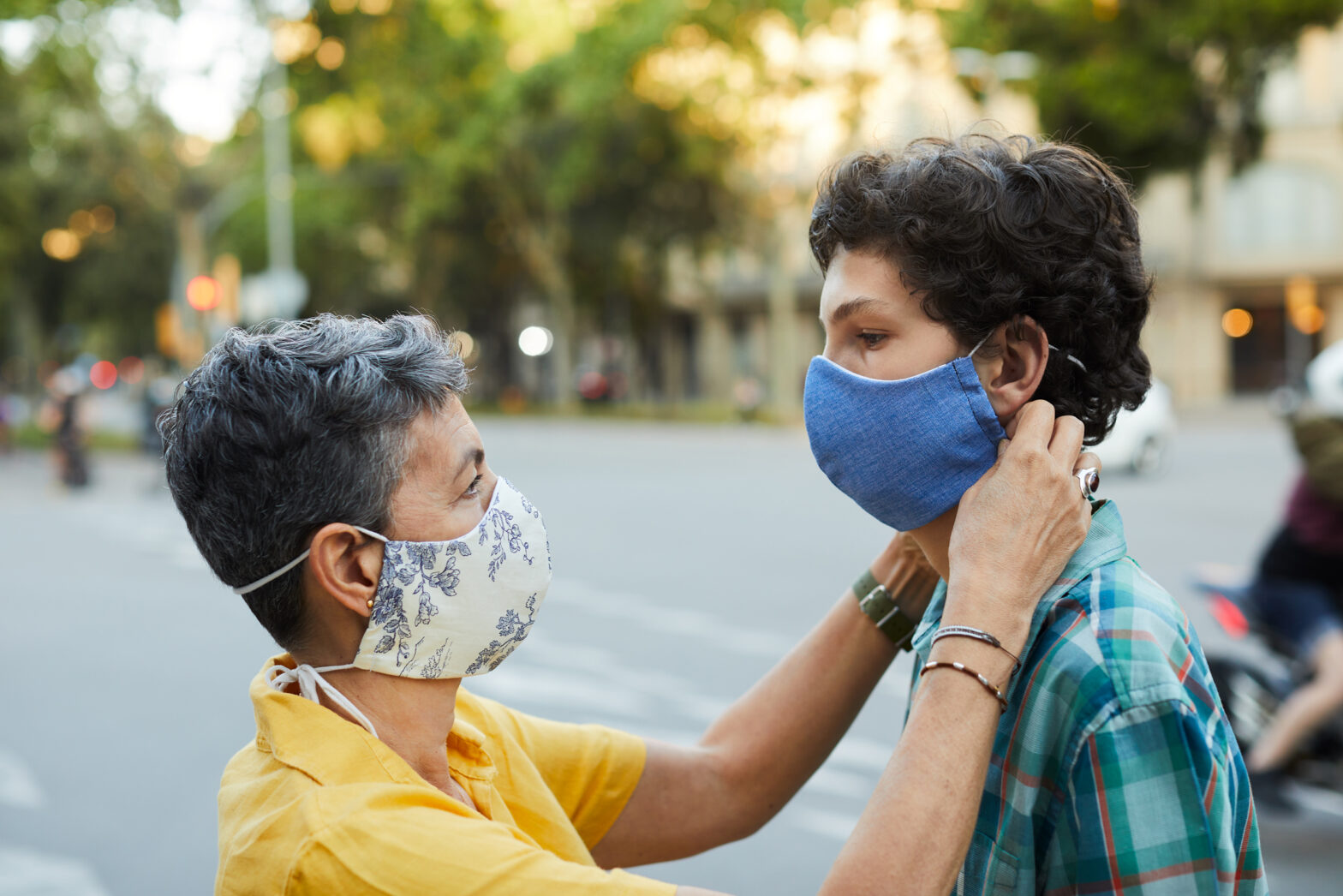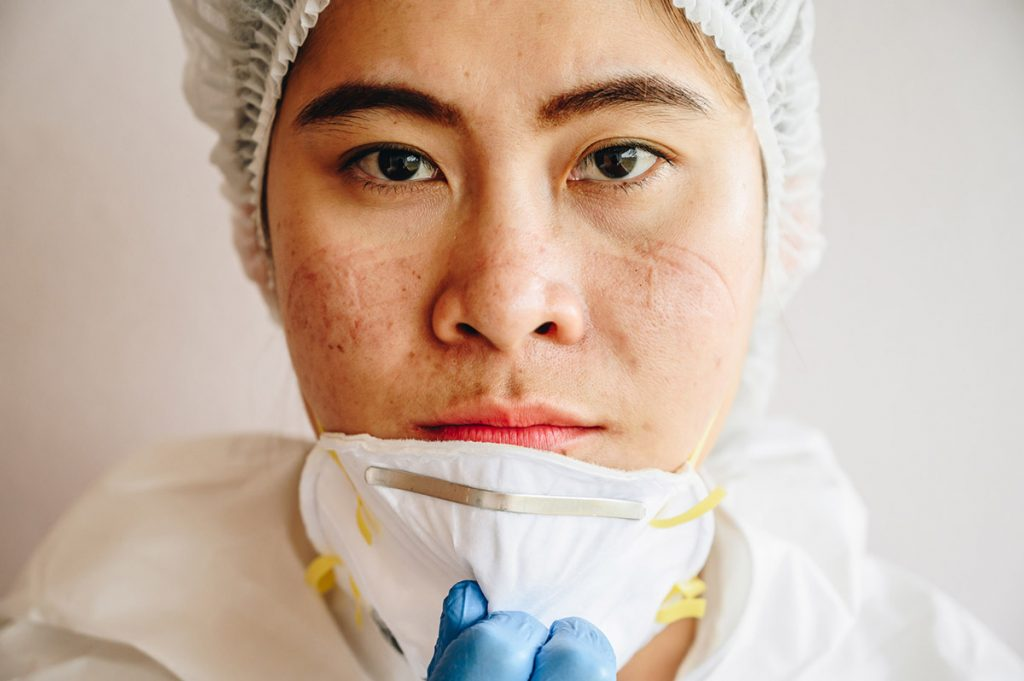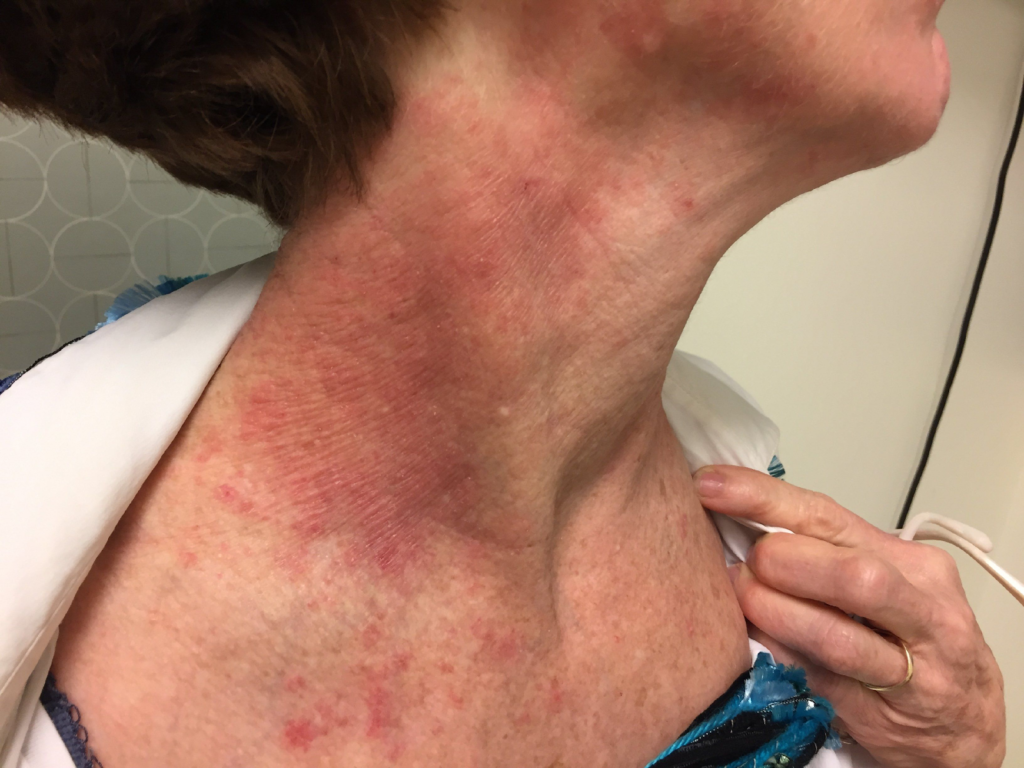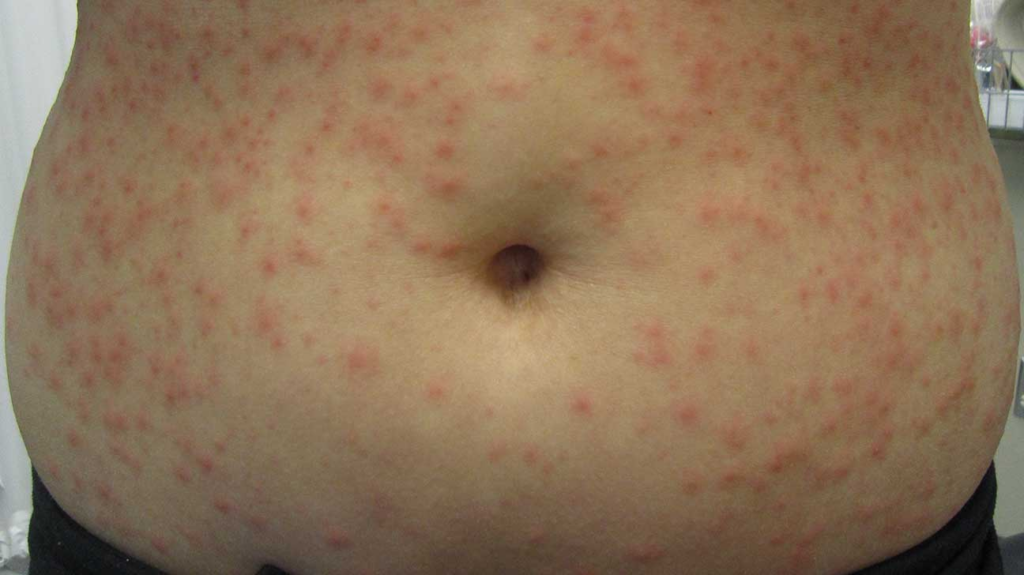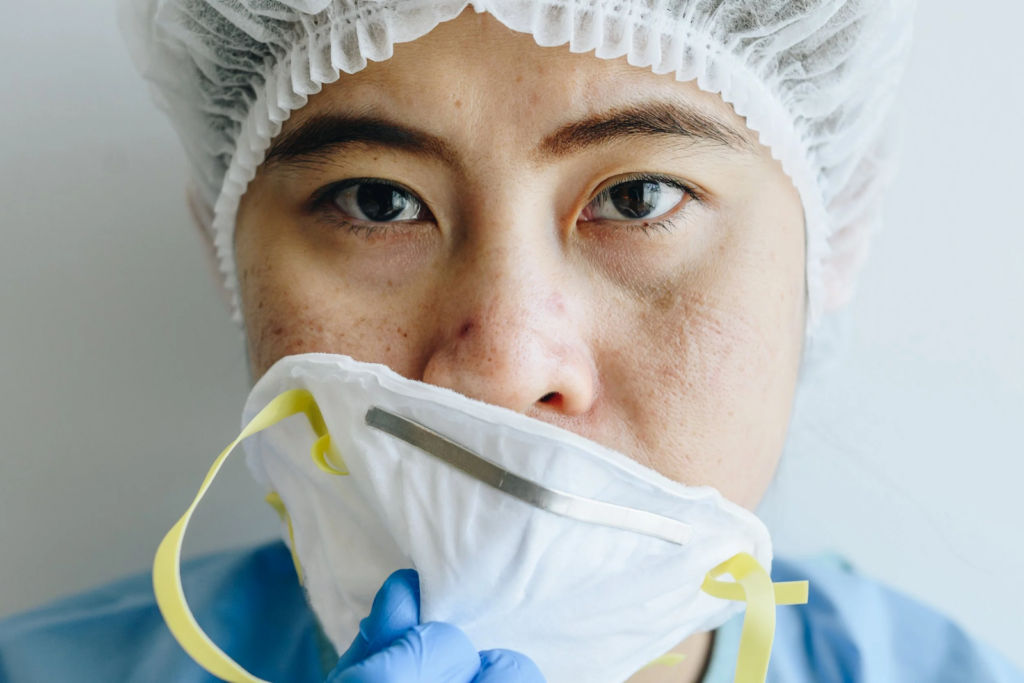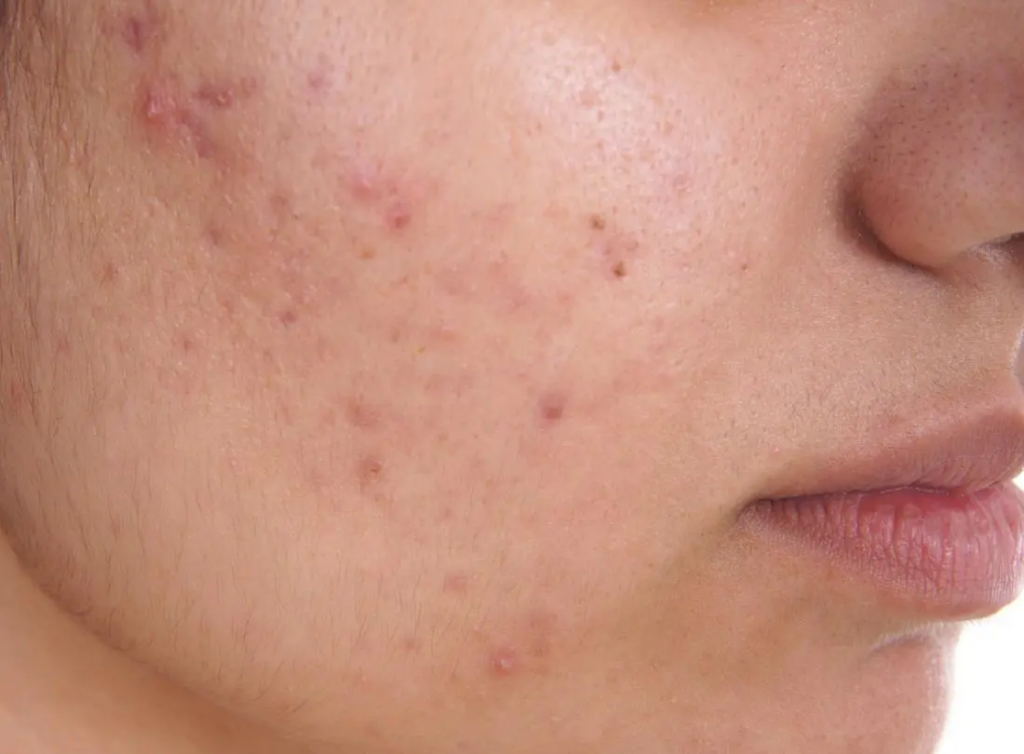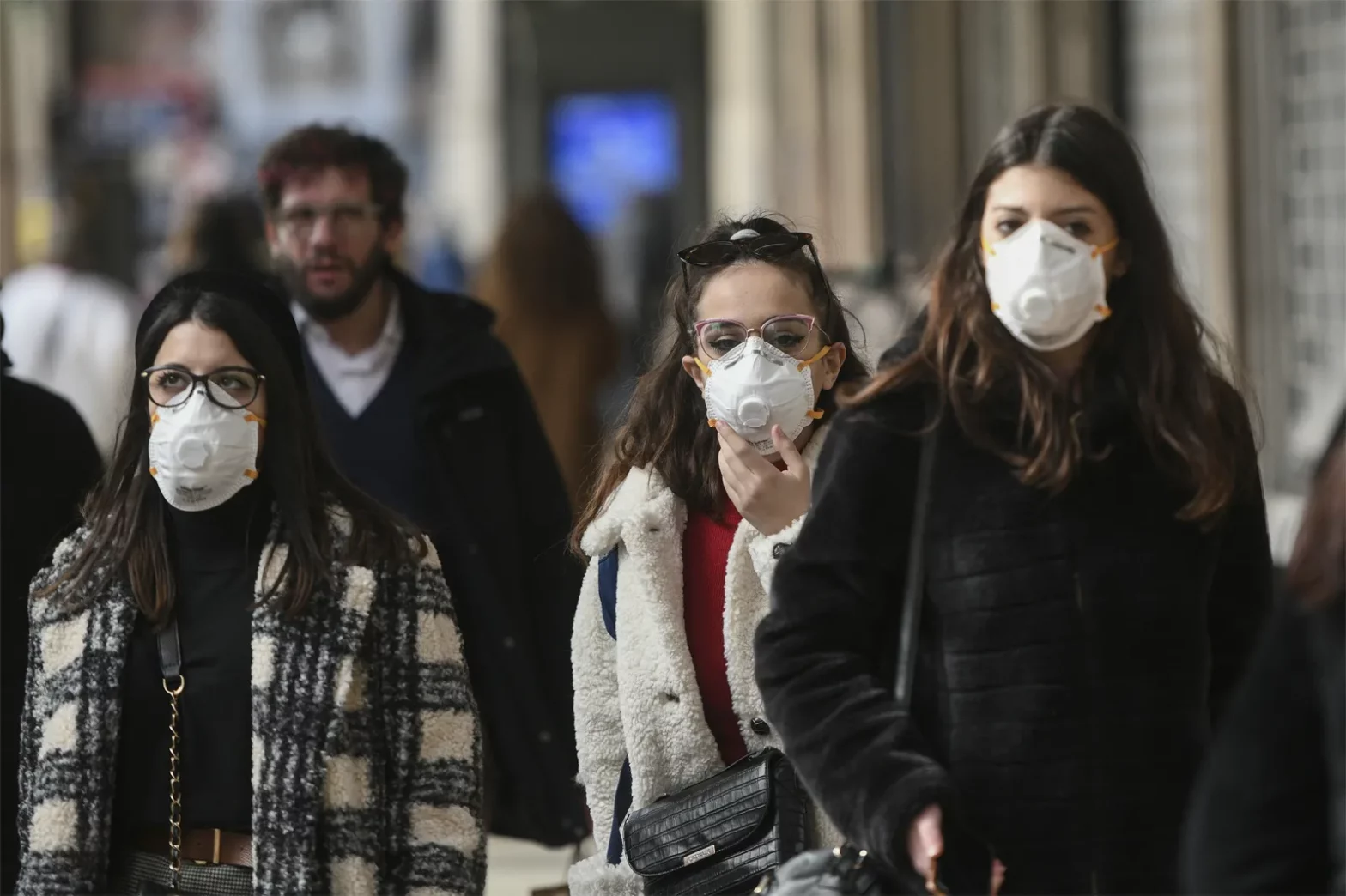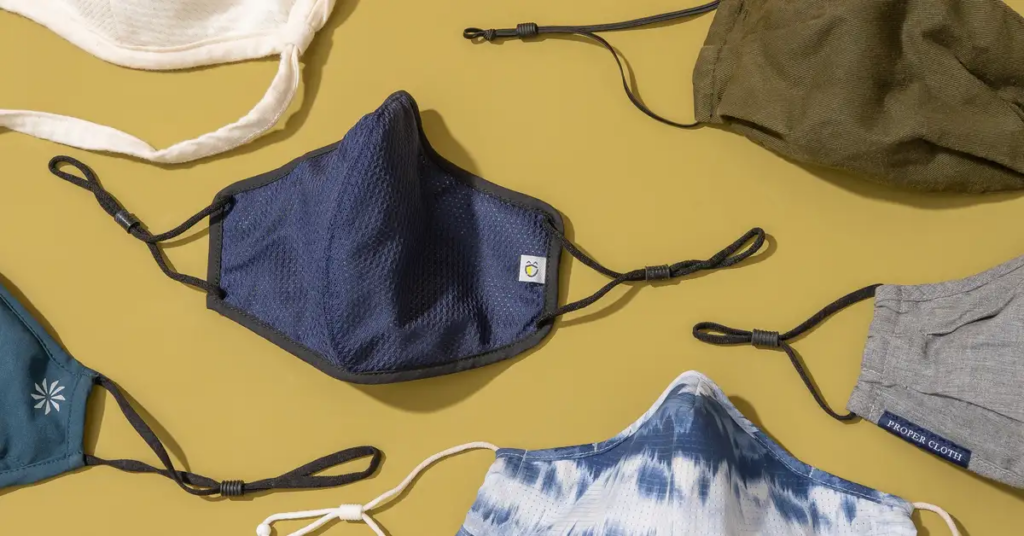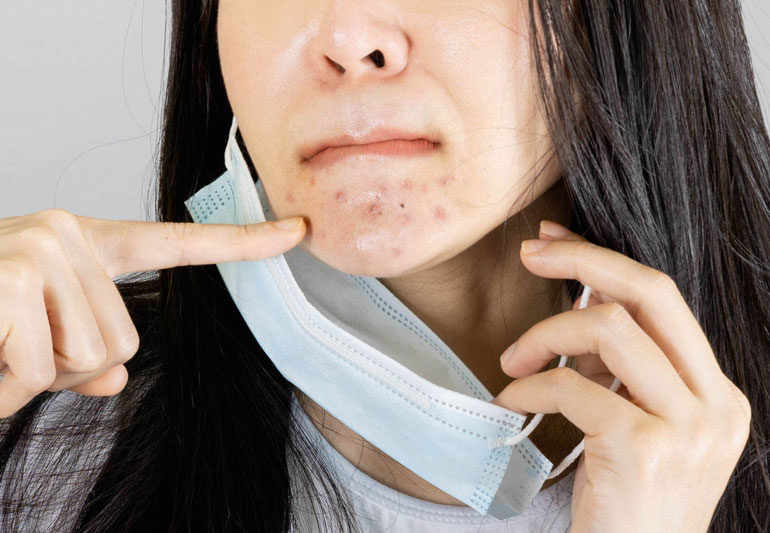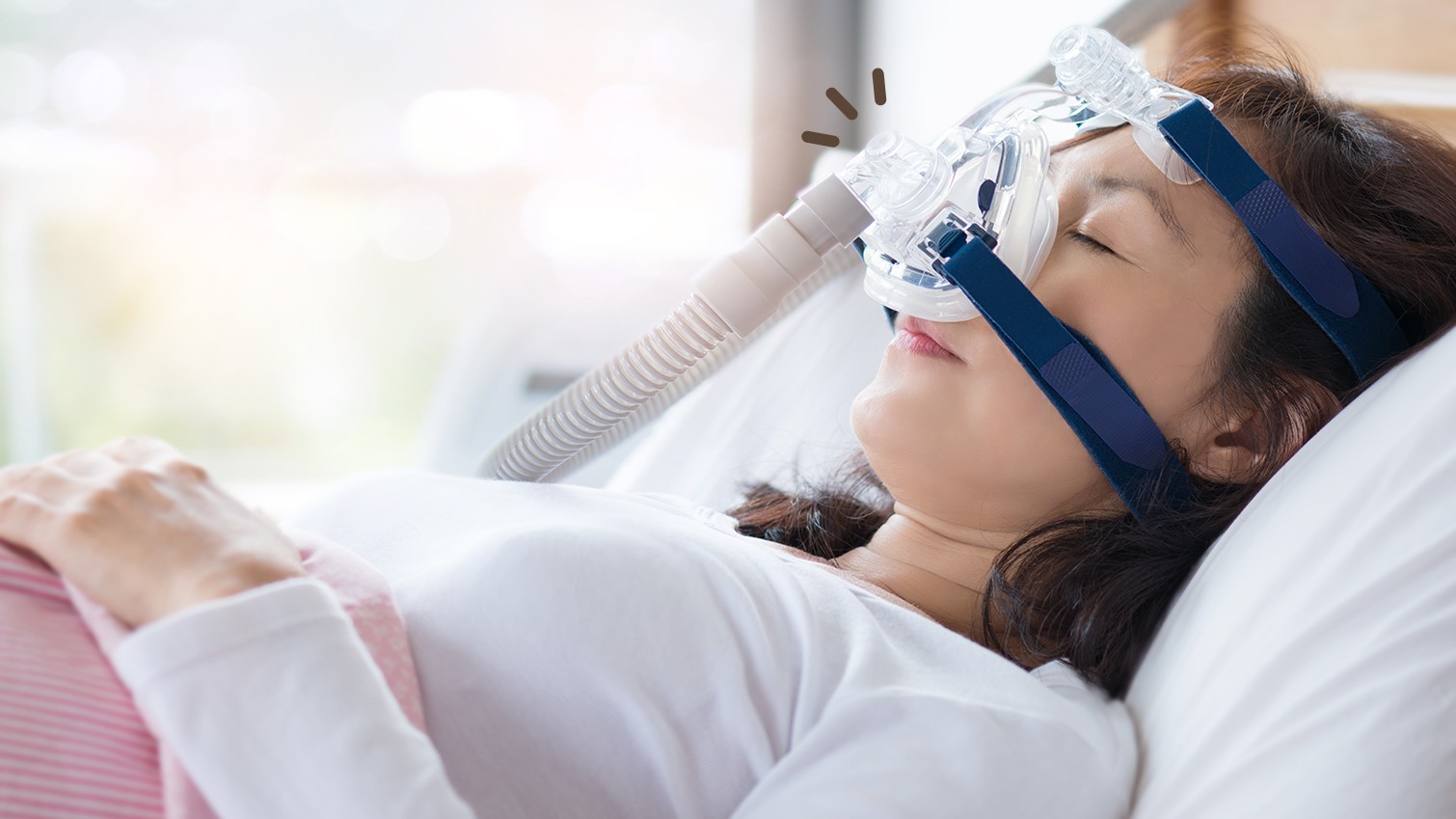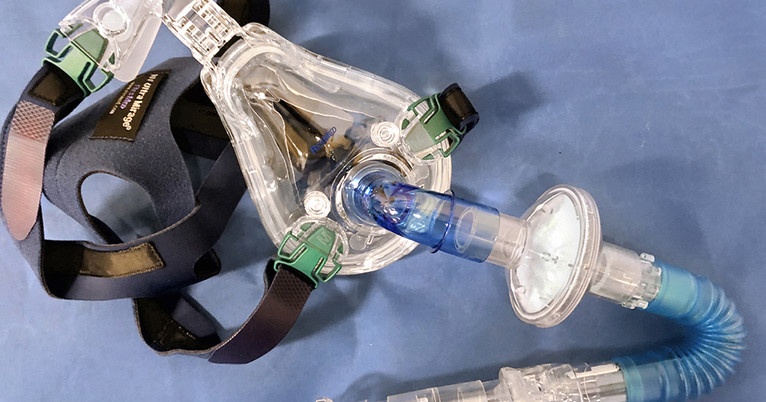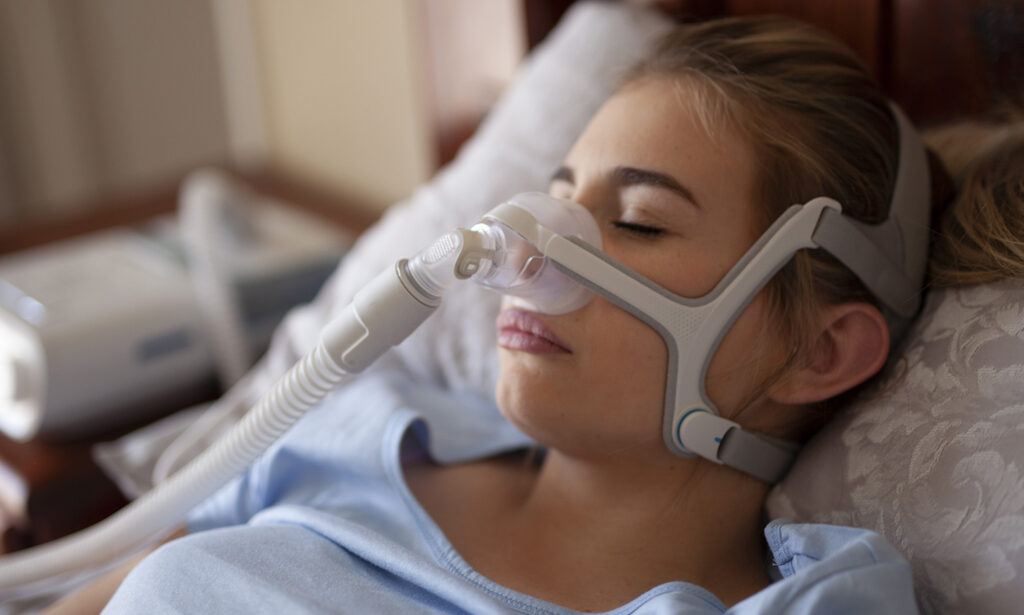Cataract surgery is a common procedure that helps restore vision in individuals with cataracts. At our Sydney clinic, we take pride in providing top-rated cataract surgery that sets us apart from others. Our approach to cataract surgery goes beyond just the surgical procedure itself – we prioritize patient-centered care, advanced surgical techniques, experienced surgeons, cutting-edge technology, and comprehensive aftercare.
Understanding Cataract Surgery
Cataracts are a clouding of the natural lens of the eye, causing vision loss. Cataract surgery involves replacing the affected lens with an artificial intraocular lens (IOL) to improve vision. It is a safe and effective procedure that can significantly enhance a patient’s quality of life.
During cataract surgery sydney, the ophthalmic surgeon meticulously evaluates the eye’s condition to determine the most suitable approach for each patient. Advanced technology, such as femtosecond lasers, may be utilized to assist in creating precise incisions and optimizing outcomes. The surgical team works with precision and care to ensure the best possible results for the patient.
The Basics of Cataract Surgery
Cataract surgery is typically performed under local anesthesia, allowing the patient to remain awake during the procedure. The surgeon makes a small incision in the eye to access the cataract-diseased lens. The clouded lens is then gently broken up and removed using various techniques, such as phacoemulsification. Once the lens is removed, an artificial IOL is inserted to replace it.
After the IOL is securely in place, the incision is closed, and the eye begins its healing process. Patients are often amazed at how quickly their vision improves following cataract surgery, with many experiencing clearer sight almost immediately. Post-operative care and follow-up appointments are crucial to monitor healing and ensure optimal visual recovery.
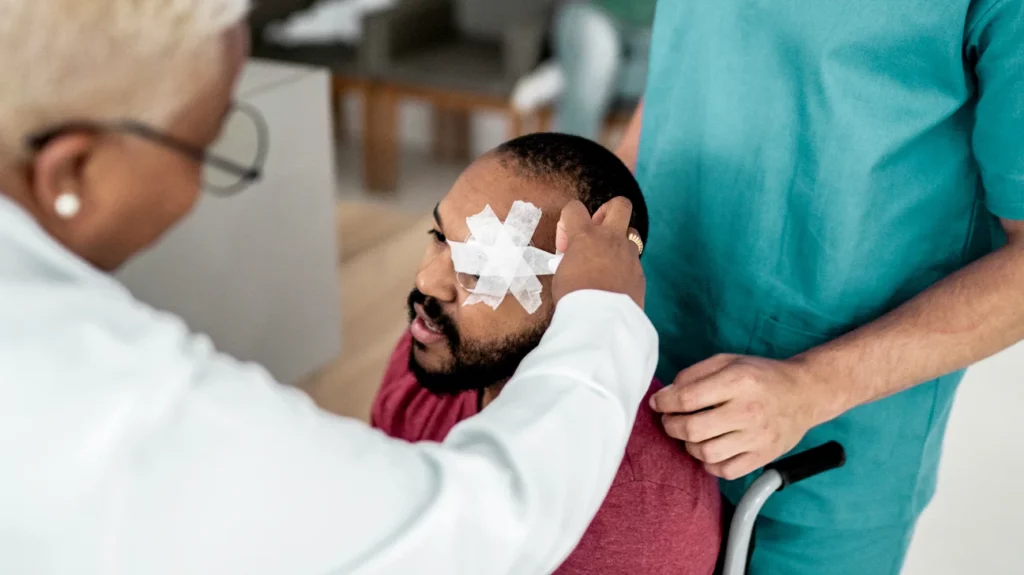
Why Cataract Surgery is Necessary
Cataracts can impact daily activities, such as reading, driving, and recognizing faces. By removing the cataract and replacing it with an IOL, vision can be restored, allowing patients to enjoy a clearer and brighter outlook on life.
It is essential for individuals experiencing symptoms of cataracts, such as blurry vision or sensitivity to light, to consult with an eye care professional promptly. Early detection and intervention can prevent cataracts from significantly affecting one’s quality of life. Cataract surgery is a transformative procedure that has helped millions of people worldwide regain their vision and independence.
Our Unique Approach to Cataract Surgery
What sets us apart is our commitment to providing the best possible care for our patients. We believe that cataract surgery is not just a medical procedure – it’s an opportunity to improve someone’s life. So, we focus on two key aspects: advanced surgical techniques and patient-centered care.
At our state-of-the-art facility, we prioritize innovation and excellence in cataract surgery. Our team of highly trained surgeons is dedicated to staying at the forefront of medical advancements to ensure the best outcomes for our patients. We invest in cutting-edge technology and equipment to perform procedures with precision and accuracy. Readd more about cutting-edge technology at https://www.brookings.edu/articles/the-nuanced-relationship-between-cutting-edge-technologies-and-jobs/
Our Advanced Surgical Techniques
Our surgeons are skilled in the latest surgical techniques, including phacoemulsification. This advanced technique minimizes incision size and reduces recovery time, allowing our patients to return to their daily activities sooner.
In addition to phacoemulsification, we also offer femtosecond laser-assisted cataract surgery, a revolutionary approach that enhances the precision and safety of the procedure. By utilizing laser technology, we can customize treatment plans to each patient’s unique eye anatomy, leading to optimal visual outcomes.
Our Patient-Centered Care Philosophy
We understand that each patient is unique and requires individualized care. From the moment a patient steps into our clinic, they are treated with compassion and respect. We take the time to listen to their concerns, answer their questions, and develop a treatment plan tailored to their specific needs.
Our holistic approach to patient care extends beyond the surgical procedure. We provide comprehensive pre-operative consultations to ensure that patients are well-informed and comfortable with the treatment plan. Our dedicated team is available to offer support and guidance throughout the entire process, from initial evaluation to post-operative care.
The Expertise of Our Surgeons
Our success in providing top-rated cataract surgery is attributed to the expertise of our surgeons. They bring years of experience and an unwavering commitment to excellence.
When it comes to cataract surgery, our team of surgeons goes above and beyond to ensure the best possible outcomes for our patients. Their dedication to precision and skill is evident in every procedure they perform, making them trusted experts in the field.
Our Surgeons’ Qualifications and Experience
Our surgeons are board-certified ophthalmologists with extensive training in cataract surgery. They stay updated with the latest advancements in the field to ensure they are delivering the highest standard of care to our patients.
Furthermore, our surgeons have completed numerous successful cataract surgeries, honing their techniques and mastering the art of restoring vision with precision and care. Their wealth of experience allows them to handle even the most complex cases with confidence and expertise.
Our Surgeons’ Commitment to Excellence
Our surgeons are dedicated to achieving exceptional outcomes for every patient. They take the time to thoroughly assess each case, develop personalized treatment plans, and provide ongoing support throughout the entire surgical journey.
Moreover, our surgeons understand the importance of clear communication and patient education. They take the time to explain each step of the surgical process, ensuring that patients feel informed and empowered every step of the way. This commitment to excellence extends beyond the operating room, as our surgeons prioritize post-operative care to ensure optimal healing and recovery for each individual.
The Role of Cutting-Edge Technology in Our Success
We believe in leveraging cutting-edge technology to enhance the quality of our cataract surgery procedures.
At our clinic, we are committed to staying at the forefront of technological advancements in the field of ophthalmology. By constantly investing in the latest innovations, we ensure that our patients receive the highest standard of care available.
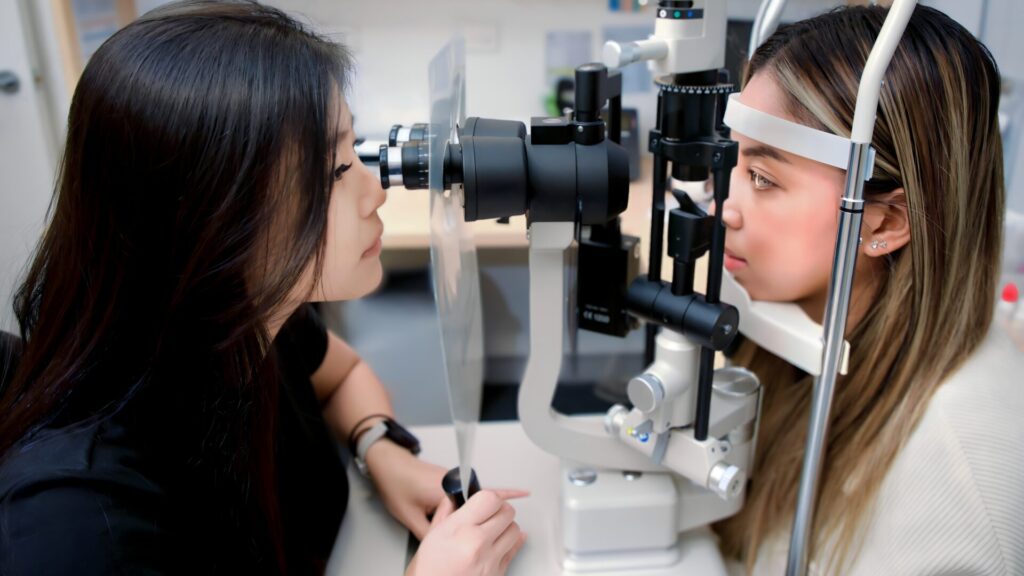
The Latest Equipment We Use
Our clinic is equipped with state-of-the-art surgical instruments and diagnostic tools. From advanced femtosecond lasers for precise incisions to high-resolution imaging systems for detailed preoperative planning, we spare no effort in providing our surgeons with the best tools available. This cutting-edge equipment not only improves the efficiency of our procedures but also enhances the overall patient experience.
Moreover, our commitment to technology extends beyond the operating room. We have integrated electronic health records systems that allow for seamless communication between our medical team, ensuring that every aspect of our patients’ care is coordinated and optimized.
How Technology Enhances Patient Outcomes
Advanced imaging technology allows our surgeons to create detailed preoperative plans, accurately measure the power of the artificial IOL, and perform precise incisions. This level of precision contributes to improved visual outcomes, minimizing the risk of complications.
Furthermore, our investment in cutting-edge technology enables us to offer personalized treatment plans tailored to each patient’s unique needs. By harnessing the power of data analytics and artificial intelligence, we can optimize surgical outcomes and continuously improve our practices based on real-time feedback and analysis. Click here to learn more about Advanced imaging technology.
The Importance of Aftercare in Cataract Surgery
Aftercare plays a crucial role in ensuring the long-term success of cataract surgery. At our clinic, we provide comprehensive aftercare to support our patients during their recovery.
Our Comprehensive Aftercare Program
Following cataract surgery, patients are closely monitored to ensure optimal healing. Our experienced team provides detailed post-operative instructions, scheduled follow-up appointments, and ongoing support. We are committed to guiding our patients throughout their recovery process.
The Role of Aftercare in Long-Term Vision Health
Regular follow-up care allows us to detect any potential complications early on and address them promptly. By providing comprehensive aftercare, we aim to safeguard our patients’ long-term vision health and ensure that they continue to enjoy the benefits of their cataract surgery for years to come.
Moreover, our aftercare program extends beyond the immediate post-operative period. We offer educational resources and counseling to help patients adapt to any changes in their vision and lifestyle following cataract surgery. Our team is dedicated to not only ensuring physical recovery but also providing emotional support and guidance throughout the entire process.
Furthermore, our aftercare services are tailored to meet the individual needs of each patient. Whether it’s addressing specific concerns, providing additional resources, or simply offering reassurance, we are committed to personalized care that goes above and beyond.
Learn more.

